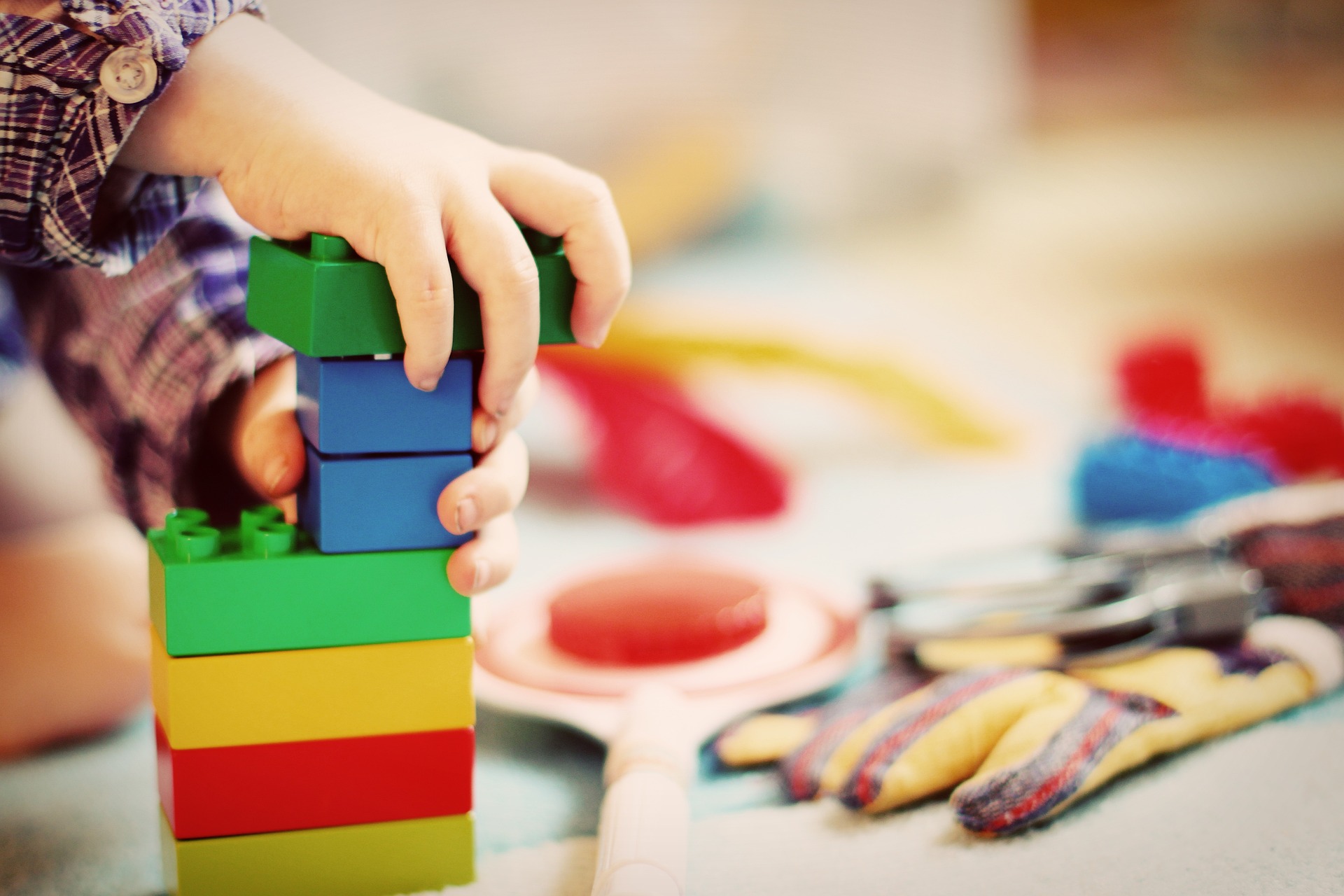Our educational program is based on the standards and benchmarks set up in the “Acceuillir la petite enfance” program by the Ministry of the Family and is inspired by the approach of preschools in Reggio Emilia, Italy.
Our educators are trained to organize interactive activities and intervene coherently to the children using these philosophies and a policy of non-exclusion.
The CSU Nursery and Nursery promotes the concept of play-based learning. Play-based learning touches all areas of overall development and encourages creativity and autonomy. Learning through play is the fundamental principle of our educational program. By having periods during the day reserved only for free play, the daycare allows children on the one hand to explore the world, make their own choices and, above all, have fun.
The Acceuillir la petite enfance educational program is based on the following principles:
- The partnership between the daycare and the parents is essential for the harmonious development of the child.
- The child learns through play.
- The child is the main actor in his development.
- Each child is unique.
- Childhood development is a comprehensive and integrated process.
The Reggio Emilia philosophy is based on the following principles:
- The child as the main actor: Children have vast and powerful resources. They are full players in their education alongside parents and teachers. (Gandini, 1983).
- The child as a collaborator: Education should target the community as a whole rather than each child in isolation. (Gandini, 1993, Lewin, 1995).
- The child as communicator: A very special symbolism must be placed on the representation through words, movement, painting, construction, collage, dramatic play, etc. Children must have the right to express what they know, understand, wonder, feel and imagine through the use of materials or simply by speaking at the appropriate times. (Edwards et al., 1993).
- The environment as a third means of learning: The logistics of space are used to encourage meetings, communication and interpersonal relationships. (Gandini, 1993)
- The teacher as partner, protector and guide: teachers have a duty to facilitate children’s exploration by guiding their discoveries and their problem solving (Edwards et al., 1993). Before determining how to plan and how to proceed, teachers should listen and observe children carefully, and then ask them questions to identify ideas, assumptions and theories unique to each child. (Gandini, 1993).
- The teacher as a researcher: teachers work as a team and maintain strong educational relationships with their peers. They should give feedback on their work and interaction with children. They should see themselves as scientists making a documentary about their work with children. (Gandini, 1993).
- Documentation as a form of communication: Achievements, photos and documentation of child labor offer teachers (as well as parents) a way to assess their tasks, while demonstrating to children that their work is valued (Gandini, 1993).
- The parent as a partner: the active participation of parents is essential and they must play an active role in their children’s learning experience. It can be of great benefit to teachers to come to see parents as a vital part of the workplace atmosphere. (Spaggiari, 1993).



